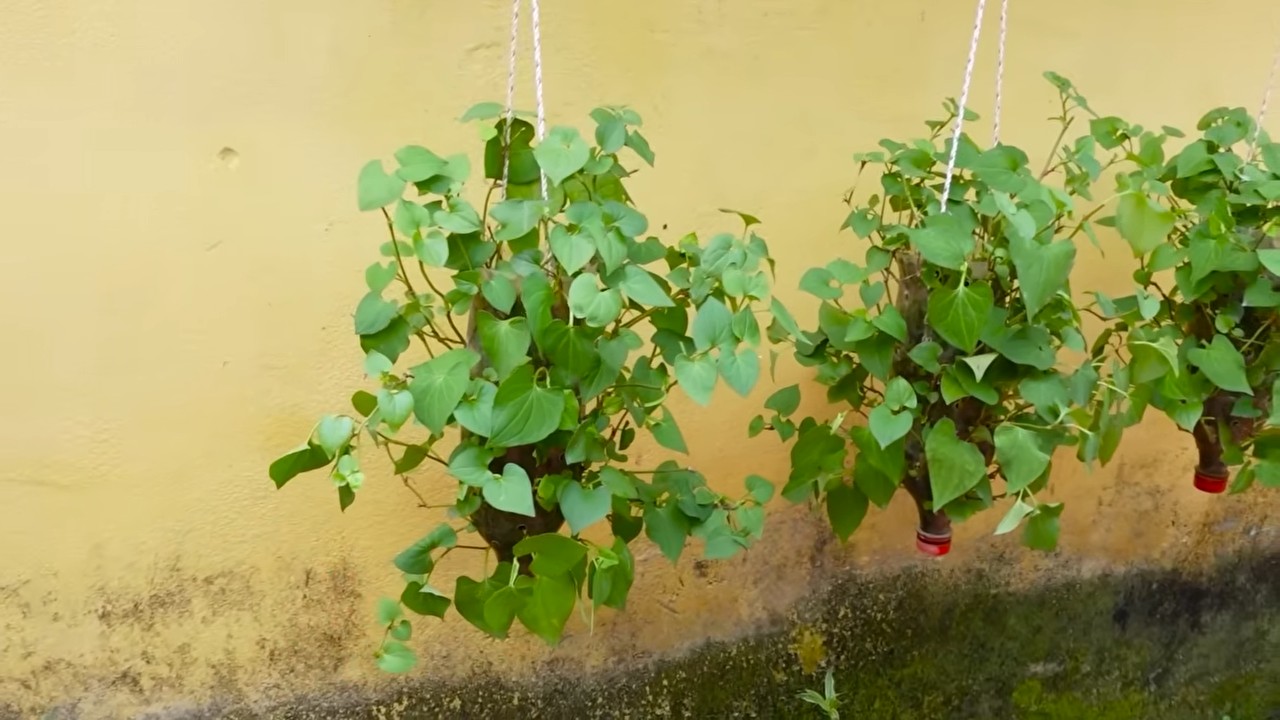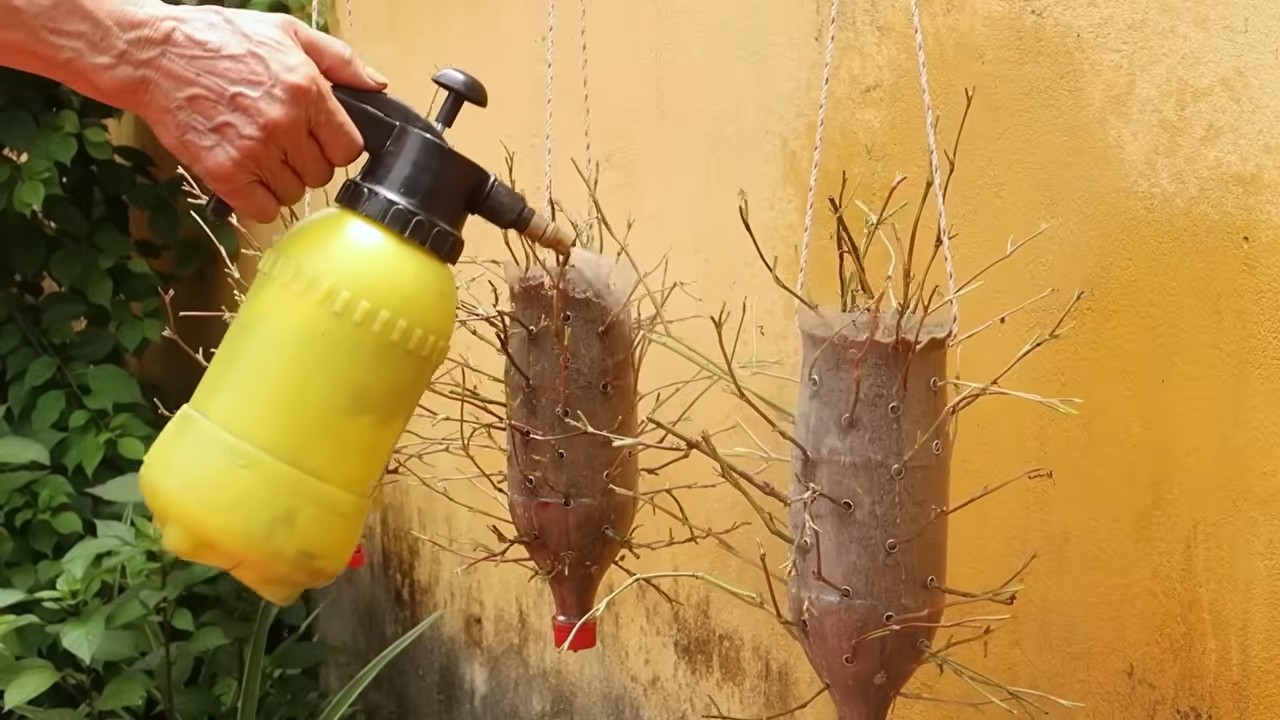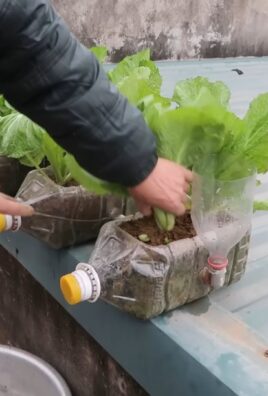Growing Fish Mint Herbs can seem daunting, but trust me, it’s easier than you think! Have you ever dreamt of stepping into your backyard and snipping fresh, vibrant herbs to elevate your culinary creations? Imagine the burst of flavor and the satisfaction of knowing you nurtured those ingredients yourself. Well, with a few simple tricks and a little DIY spirit, that dream can become a reality, especially when it comes to this unique and flavorful herb.
Fish Mint, also known as Houttuynia cordata, boasts a rich history, deeply rooted in Asian cuisine and traditional medicine. For centuries, it has been prized for its distinctive taste and purported health benefits. While its flavor profile – often described as a blend of citrus, cilantro, and yes, a hint of fish – might be an acquired taste, it adds an unparalleled zest to salads, stir-fries, and even refreshing beverages.
But why should you bother with growing Fish Mint Herbs yourself? Simple! Store-bought herbs often lack the freshness and potency of homegrown varieties. Plus, cultivating your own herbs is incredibly rewarding, offering a connection to nature and a sense of accomplishment. In this article, I’m going to share some easy-to-follow DIY tricks and hacks that will empower you to successfully grow this fascinating herb, even if you’re a complete beginner. Get ready to unlock the secrets to a thriving Fish Mint patch right in your own backyard!

Growing Fish Mint (Houttuynia cordata) Yourself: A Comprehensive DIY Guide
Hello, gardening friends! I love growing new herbs in my garden, and today I want to show you how to grow your own fish mint (Houttuynia cordata), also known as chameleon plant. This herb is very popular in Asian cuisine and has a unique, slightly fishy taste. Don’t worry, the taste is not as overwhelming as it sounds! It’s rather refreshing and goes wonderfully with salads, soups, and spring rolls.
What you need to grow fish mint:
- Fish mint plant or seeds: You can either buy a pre-grown plant from a garden center or order seeds online. I recommend starting with a plant, as this is quicker.
- A suitable pot or garden bed: Fish mint can be grown in both a pot and a garden bed. Choose a pot with good drainage or a bed with moist, well-draining soil.
- High-quality potting soil or garden soil: Use a soil that is rich in nutrients and retains water well.
- Watering can or garden hose: For regularly watering the plant.
- Pruning shears or a knife: For harvesting the leaves.
- Optional: Fertilizer: An organic fertilizer can promote the plant’s growth.
- Optional: Mulch: Mulch helps to retain moisture in the soil and suppress weeds.
Step-by-Step Guide to Growing Fish Mint:
1. The right preparation is everything!
- Choosing a location: Fish mint prefers a semi-shady to sunny location. However, avoid harsh midday sun, as this can burn the leaves. A location with morning sun and afternoon shade is ideal.
- Soil preparation: Fish mint loves moist soil. If you are growing it in a garden bed, loosen the soil well and mix in compost or other organic materials to improve drainage and nutrient content. If you are growing it in a pot, use a high-quality potting soil that retains water well.
- Preparing the pot (if applicable): Make sure the pot has sufficient drainage holes so that excess water can run off. Place a layer of clay shards or gravel at the bottom of the pot to improve drainage.
2. Planting the Fish Mint
- Removing the plant from the pot: If you have bought a pre-grown plant, carefully remove it from the pot. Gently loosen the roots before planting it.
- Digging a planting hole: Dig a hole that is slightly larger than the root ball of the plant.
- Placing the plant: Place the plant in the hole and fill it with soil. Make sure the root ball is completely covered with soil.
- Press down and water: Lightly press the soil down and water the plant thoroughly.
3. Sowing Fish Mint (optional)
- Preparing the seeds: Fish mint seeds are very small. You can soak them in water for a few hours before sowing to speed up germination.
- Sowing: Sprinkle the seeds evenly on the prepared soil. Cover them only lightly with soil, as they need light to germinate.
- Keep moist: Keep the soil moist, but not wet. You can moisten the soil with a spray bottle.
- Be patient: Germination can take several weeks. Once the seedlings are large enough, you can thin them out to give them more space to grow.
4. The Right Care for a Healthy Fish Mint
- Watering: Fish mint loves moist soil. Water the plant regularly, especially during dry periods. Make sure the soil does not dry out completely.
- Fertilizing: Fertilize the plant every few weeks with an organic fertilizer. This promotes the growth and health of the plant.
- Pruning: Prune the plant regularly to encourage growth and prevent it from becoming too large. You can use the cut leaves for cooking.
- Overwintering: Fish mint is hardy, but in very cold regions, it may be a good idea to cover the plant with mulch to protect it from frost. If you are growing it in a pot, you can move the pot to a sheltered location or wrap it with fleece.
- Watch for pests: Fish mint is relatively resistant to pests, but aphids or slugs can appear. Check the plant regularly and combat pests with natural remedies if necessary.
5. Harvesting the Fish Mint
- When to harvest: You can harvest the leaves of the fish mint as soon as the plant is large enough. It is best to harvest them in the morning when the essential oils are most concentrated.
- How to harvest: Cut the leaves with pruning shears or a knife. You can harvest individual leaves or entire stems.
- Storage: Fresh fish mint leaves can be stored in the refrigerator in a damp cloth for a few days. You can also freeze or dry them to make them last longer.
Additional Tips and Tricks:
- Fish mint can be invasive: If you grow it in a garden bed, it can spread quickly. To prevent this, you can plant it in a pot without a bottom or use a root barrier.
- Fish mint loves “wet feet”: Place the pot in a saucer of water to ensure the soil is always moist.
- Use fish mint in the kitchen: Fish mint is a versatile herb that can be used in many Asian dishes. Try it in salads, soups, spring rolls, or as a garnish for meat and fish dishes.
- Fish mint for tea: You can also make tea from fresh or dried fish mint leaves. The tea has a refreshing taste and is said to have anti-inflammatory properties.
- Propagation by cuttings: Fish mint is easy to propagate from cuttings. Simply cut off a stem and place it in water. After a few weeks, roots will form, and you can plant the cutting in a pot.
I hope this guide helps you to grow your own fish mint! It is a rewarding project that will provide you with fresh herbs for your kitchen. Happy gardening!

Conclusion
So, there you have it! Growing your own fish mint herbs is not only achievable but also incredibly rewarding. Forget relying on expensive, often wilted, bunches from the grocery store. With a little patience and this simple DIY trick, you can have a thriving supply of fresh, vibrant fish mint right at your fingertips.
Why is this a must-try? Because the flavor difference between store-bought and homegrown fish mint is astounding. The homegrown variety boasts a brighter, more intense flavor profile that elevates any dish it graces. Plus, you have complete control over the growing conditions, ensuring your herbs are free from harmful pesticides and chemicals.
But the benefits don’t stop there. Growing fish mint is also a sustainable and cost-effective way to enjoy this unique herb. Once established, your plant will continue to produce for years to come, providing you with a constant supply of fresh leaves. Think of all the delicious Vietnamese salads, stir-fries, and herbal teas you can create!
Looking for variations? Consider growing your fish mint in different types of containers. While a standard pot works perfectly well, you could also experiment with hanging baskets or even a small raised garden bed. Just remember to provide adequate drainage and plenty of sunlight. You can also try different soil mixes to see what works best for your specific climate and growing conditions. Some gardeners swear by adding a bit of compost or aged manure to the soil to boost growth.
Another fun variation is to experiment with different cultivars of fish mint. While the standard variety is most common, there are also cultivars with slightly different leaf shapes and flavor profiles. Exploring these variations can add even more interest to your herb garden.
Don’t be intimidated if you’ve never grown herbs before. Fish mint is surprisingly resilient and easy to care for. With a little attention and the right conditions, you’ll be harvesting your own fresh leaves in no time.
We wholeheartedly encourage you to give this DIY trick a try. Imagine the satisfaction of snipping fresh fish mint from your own garden to add to your favorite dishes. It’s a simple pleasure that can bring a lot of joy to your cooking and your life.
And most importantly, we want to hear about your experience! Share your photos, tips, and stories in the comments below. Let us know what worked for you, what challenges you faced, and what delicious dishes you created with your homegrown fish mint. Your feedback will not only help other readers but also inspire us to continue sharing helpful gardening tips and tricks. So, grab your gardening gloves, get your hands dirty, and start growing your own fish mint today! You won’t regret it.
Frequently Asked Questions (FAQ)
What exactly is fish mint and what does it taste like?
Fish mint (Houttuynia cordata) is a perennial herb native to Southeast Asia. It’s widely used in Vietnamese, Chinese, and other Asian cuisines. The taste is quite unique and often described as a combination of citrus, cilantro, and, yes, a slightly fishy flavor. Some people find the taste refreshing and invigorating, while others find it a bit too strong. However, the flavor mellows out when cooked, making it a versatile ingredient for a variety of dishes. The intensity of the “fishy” taste can also vary depending on the growing conditions and the age of the leaves. Younger leaves tend to have a milder flavor.
How much sunlight does fish mint need?
Fish mint thrives in partial shade to full sun. Ideally, aim for at least 4-6 hours of sunlight per day. However, in hotter climates, it’s best to provide some afternoon shade to prevent the leaves from scorching. If you’re growing fish mint indoors, place it near a sunny window or use a grow light to supplement natural light. Insufficient sunlight can lead to leggy growth and a less intense flavor.
What kind of soil is best for growing fish mint?
Fish mint prefers moist, well-draining soil that is rich in organic matter. A good potting mix amended with compost or aged manure is ideal. Avoid heavy clay soils that retain too much water, as this can lead to root rot. The ideal pH range for fish mint is between 6.0 and 7.0. You can test your soil pH using a simple soil testing kit available at most garden centers.
How often should I water my fish mint plant?
Fish mint needs consistent moisture to thrive. Water deeply whenever the top inch of soil feels dry to the touch. Avoid overwatering, as this can also lead to root rot. During hot, dry weather, you may need to water more frequently. A good rule of thumb is to check the soil moisture daily and water as needed. Mulching around the base of the plant can help retain moisture and suppress weeds.
Is fish mint invasive?
Yes, fish mint can be quite invasive if left unchecked. It spreads rapidly through underground rhizomes, so it’s important to contain it if you don’t want it to take over your garden. Growing fish mint in a container is the best way to prevent it from spreading. You can also plant it in a raised garden bed with a barrier to prevent the rhizomes from escaping. Regular pruning can also help control its spread.
How do I harvest fish mint?
You can start harvesting fish mint leaves as soon as the plant is established. Simply snip off the leaves as needed, using scissors or pruning shears. Avoid removing more than one-third of the plant at a time, as this can stress the plant and slow down growth. Regular harvesting encourages the plant to produce more leaves. The best time to harvest fish mint is in the morning, after the dew has dried.
Can I grow fish mint indoors?
Yes, you can definitely grow fish mint indoors. Choose a pot with good drainage and use a well-draining potting mix. Place the pot near a sunny window or use a grow light to provide adequate light. Water regularly and fertilize occasionally with a balanced liquid fertilizer. Indoor-grown fish mint may not grow as vigorously as outdoor-grown plants, but it can still provide you with a steady supply of fresh leaves.
What are some common problems with growing fish mint?
The most common problems with growing fish mint are root rot, pests, and diseases. Root rot is caused by overwatering and poorly draining soil. To prevent root rot, make sure your plant is in a well-draining pot and avoid overwatering. Pests that may attack fish mint include aphids, spider mites, and slugs. These pests can be controlled with insecticidal soap or neem oil. Diseases that may affect fish mint include powdery mildew and leaf spot. These diseases can be prevented by providing good air circulation and avoiding overhead watering.
How do I propagate fish mint?
Fish mint is easily propagated by stem cuttings or root division. To propagate by stem cuttings, simply take a 4-6 inch cutting from a healthy stem and remove the lower leaves. Dip the cut end in rooting hormone and plant it in a pot filled with moist potting mix. Keep the soil moist and the cutting should root within a few weeks. To propagate by root division, simply dig up the plant and divide the root ball into smaller sections. Replant the sections in separate pots or in the garden.
What are some uses for fish mint in cooking?
Fish mint is a versatile herb that can be used in a variety of dishes. It’s commonly used in Vietnamese cuisine, particularly in salads, spring rolls, and noodle soups. It can also be added to stir-fries, curries, and herbal teas. The leaves can be eaten raw or cooked. When using fish mint in cooking, it’s best to add it towards the end of the cooking process to preserve its flavor. Some popular dishes that feature fish mint include Vietnamese summer rolls (Gỏi cuốn), Vietnamese broken rice (Cơm tấm), and fish mint tea.





Leave a Comment